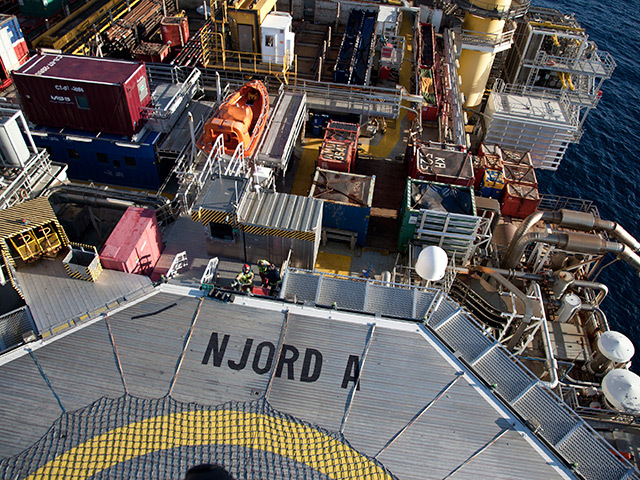
Norwegian oil giant Statoil has resumed oil and gas production on its Njord A platform, following a shut-down in the summer last year.
The asset was previously shut down for a major reinforcement of the platform’s structure, including bracing the primary beams and struts and increasing the length of the secondary beams under the platform.
The asset, which has been producing since 1997, was designed for an original lifetime of 16 years. The Norwegian Petroleum Safety Authority subsequently approved the technical design lifetime to 2022.
But 2013 analyses and inspections of the asset identified the need for an upgrade, concluding the platform would not be robust enough to resume drilling activity in the summer of 2014 – nor would it be able to produce until 2022.
“We have extended Njord’s lifetime by improving recovery on the field, and by finding more oil and gas in the area,” said Arve Rennemo, head of operations in the field.
“The Njord A platform has been with us the entire time, and we want to make sure that the structure can withstand the loads it will be exposed to.”
The long-range plan is to further bolster the platform to prepare it for future drilling operations and an extended lifetime on the Njord field, Statoil said in a statement.
“Njord A will produce oil and gas until the summer of 2016, after which it will be taken to shore for additional upgrades which will allow us to use the drilling system on board, and prepare it for many more good years of service on the Norwegian shelf,” Rennemo said.
An extensive maintenance and modification campaign was previously completed on Njord A in 2012 to enable extended lifetime, output from the Hyme field and production from the Njord North-West Flank.
Recovery from the Njord field is expected to be 333million barrels of oil equivalent (boe), with exports divided more or less equally between oil and gas.